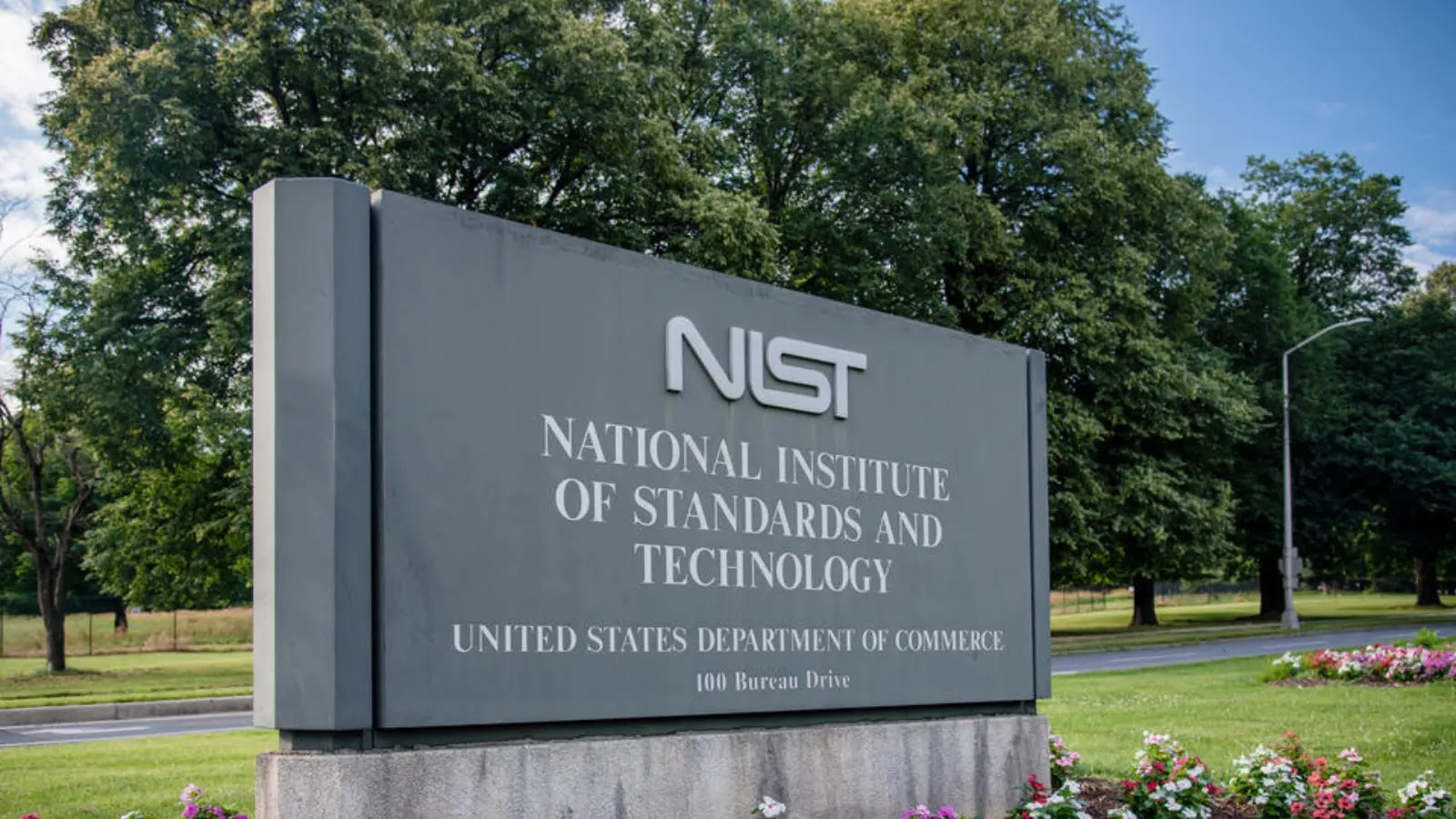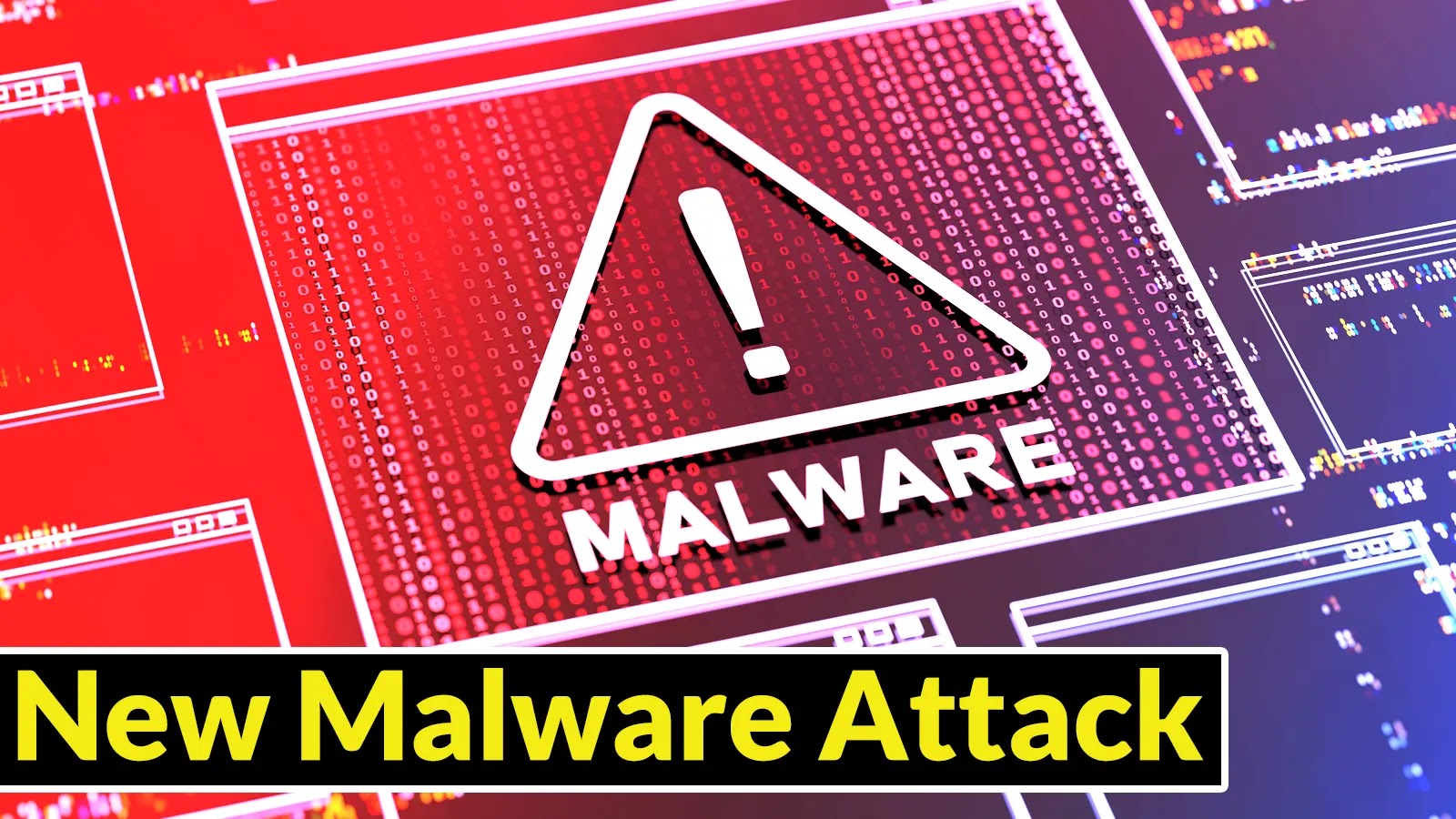Kraken Ransomware: A Cross-Platform Threat Targeting Windows, Linux, and VMware ESXi Systems
In August 2025, a formidable new ransomware threat named Kraken emerged, marking a significant evolution in cyberattacks by targeting multiple operating systems, including Windows, Linux, and VMware ESXi. This cross-platform capability underscores the increasing sophistication of cybercriminal groups and the pressing need for comprehensive security measures across diverse IT environments.
Origins and Connections
Kraken is believed to have roots in the Russian-speaking cybercriminal community, with indications that it evolved from the remnants of the HelloKitty ransomware operation. This connection is evident through shared characteristics such as ransom note filenames and explicit references on Kraken’s data leak site. In September 2025, Kraken further solidified its presence by launching The Last Haven Board, an underground forum aimed at fostering secure communication within the cybercriminal ecosystem. Notably, operators from HelloKitty publicly endorsed this new platform, highlighting the interconnected nature of these malicious entities.
Attack Methodology
Kraken employs a multi-stage attack strategy that begins with exploiting vulnerabilities in the Server Message Block (SMB) protocol on internet-exposed servers. Once initial access is gained, the attackers escalate their privileges by stealing administrative credentials, enabling them to maintain persistent access through Remote Desktop Protocol (RDP) connections. To ensure long-term presence and facilitate data exfiltration, Kraken deploys tools such as Cloudflared for creating reverse tunnels and SSH Filesystem (SSHFS) for secure file transfers.
Before initiating the encryption process, Kraken conducts a unique benchmarking operation to assess the system’s performance. This step allows the ransomware to optimize its encryption speed, balancing efficiency with stealth to avoid detection through system resource exhaustion.
Encryption Techniques and Customization
Kraken’s technical sophistication is evident in its extensive command-line options and robust encryption methods. Utilizing RSA-4096 and ChaCha20 algorithms, the ransomware ensures strong cryptographic protection of the victim’s data. Attackers can tailor their attacks using various parameters, including timeout delays, file size limits, and encryption depth selections.
For Windows systems, the command format is:
“`
Encryptor.exe –key <32-byte key> -path
“`
In Linux and ESXi environments, Kraken employs ELF binaries with options for daemon mode execution and SSH remote capabilities. The ransomware offers both partial and full encryption modes, allowing attackers to choose between faster encryption processes and maximum data damage.
Notably, Kraken actively targets SQL databases and network shares while intentionally skipping critical system files and directories, such as Program Files. This selective approach ensures that the victim’s system remains operational, increasing the likelihood of ransom payment by maintaining the functionality necessary for negotiations.
Implications for Enterprise Security
The emergence of Kraken as a cross-platform ransomware highlights a significant shift in cybercriminal tactics. By developing malware capable of operating across multiple operating systems, attackers can maximize their reach and impact, posing a substantial threat to organizations with diverse IT infrastructures.
To mitigate the risks associated with such sophisticated threats, organizations should adopt a multi-faceted security strategy that includes:
– Regular System Updates: Ensure that all systems, including Windows, Linux, and VMware ESXi, are up-to-date with the latest security patches to close known vulnerabilities.
– Comprehensive Network Monitoring: Implement robust monitoring tools to detect unusual activities, such as unauthorized access attempts or unexpected data transfers.
– Access Controls: Enforce strict access controls and least privilege principles to limit the potential damage from compromised accounts.
– Employee Training: Conduct regular cybersecurity awareness training to educate staff on recognizing phishing attempts and other common attack vectors.
– Incident Response Planning: Develop and regularly update incident response plans to ensure a swift and coordinated reaction to potential ransomware attacks.
Conclusion
Kraken represents a new frontier in ransomware threats, with its ability to seamlessly operate across Windows, Linux, and VMware ESXi systems. This cross-platform capability, combined with sophisticated attack methodologies and robust encryption techniques, underscores the evolving landscape of cyber threats. Organizations must remain vigilant and proactive in implementing comprehensive security measures to defend against such multifaceted attacks.



